Estimated reading time: 6 minutes
Discovering your furry friend growling over a bone can be unsettling. Dogs often guard their prized chews, displaying what’s known as resource guarding.
Our guide here will show you effective ways to calmly address this behavior and teach your dog trust around food and toys — ensuring peace of mind for both you and your pet.
Key Takeaways
- If your dog growls over a bone, they are showing possession aggression. Watch out for signs like growling, snapping, and stiff body language.
- To stop the growling, offer your dog a better treat to swap for the bone. Teach them that giving things up can lead to great rewards.
- Use a step-by-step method to get your dog used to you being near them when they have a bone. Start far away and slowly move closer with treats as they get more comfortable.
Understanding Possessive Aggression in Dogs
Possessive aggression in dogs can occur when they feel the need to guard something they consider valuable, such as food or toys.
Signs of possession aggression include growling, snapping, or biting when approached while eating or playing with an object.
Understanding these behaviors is crucial for addressing and managing them effectively through proper training and techniques.
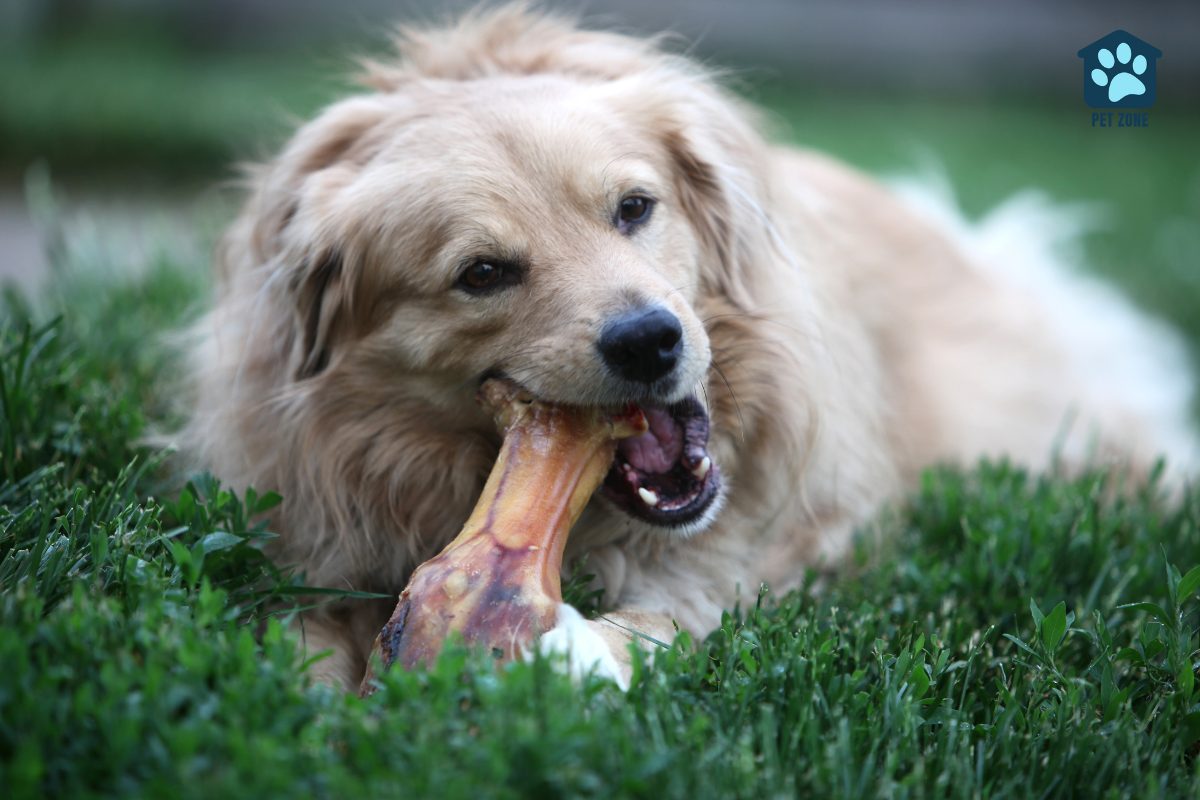
Causes of possession aggression
Dogs sometimes guard things they think are highly valuable. This is known as resource guarding.
It might be their food bowl, a favorite toy, or even a person. They fear someone might take their treasure away so they growl or bite to keep it safe.
Some dogs learn this behavior when they’re young. A puppy may have had to compete with littermates for food or attention.
Other times, a dog doesn’t trust that you’ll give back something taken away. Teaching your dog to trust you won’t always be easy but can make both of your lives happier and safer.
Signs of possession aggression
A dog with possession aggression shows clear signs. Your pup may growl, show teeth, or snap when you come near while they have a bone. These actions mean, “Stay away from my precious item!”
Some dogs even chase or bite to keep their prized possessions safe. Watch for stiff body language or ears pinned back—these are clues your dog feels the need to guard their food aggressively.
Your furry friend might also freeze and stare hard if you get close during mealtime. This guarding behavior says they’re ready to protect what’s theirs at all costs.
It’s important to see these warning signals early on before things escalate into more dangerous situations like air snaps or actual bites.
Understanding these signs helps you know when to intervene and teach your dog that giving up their bone can lead to something good, not a loss.
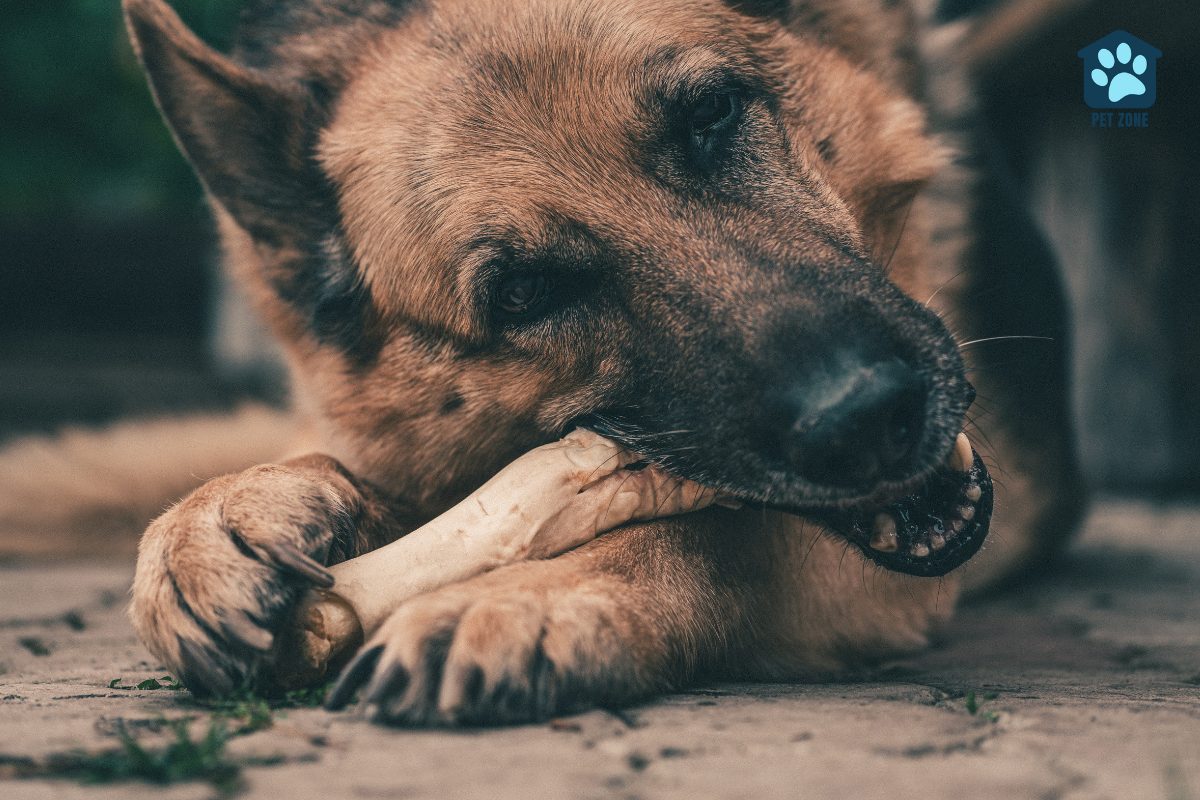
How to Handle Growling Over a Bone
When your dog growls at you while eating a bone, it’s important to handle the situation carefully. You can start by offering a special reward or treat as a positive distraction and then use a multi-step conditioning process to teach your dog to trust that you won’t take their food away.
Offering a special reward
Give your dog something even better than the bone. Use chunks of meat or another yummy treat that your dog loves.
This makes letting go of their prized possession a good thing for them. They learn that giving up their bone means they get an amazing reward.
Teach your dog to trust you by using positive reinforcement. Swap out the bone with the special treat and praise them when they do it right.
Your goal is to make dropping the bone and getting a treat to feel natural for them. Over time, they will know that handing things over to you is safe and rewarding.
Multi-step conditioning process
- Begin by approaching your dog while they’re enjoying their bone but at a safe distance.
- Slowly toss a high-value treat near them, making sure you’re not too close to trigger any guarding behavior.
- Repeat this process several times, gradually decreasing the distance between you and your dog.
- Once your dog is comfortable with your presence, start hand-feeding them the treats near their bone.
- Gradually increase the level of interaction while they eat, ensuring positive associations with your approach.
- Practice this regularly to help your dog understand that your presence during mealtime means something good.
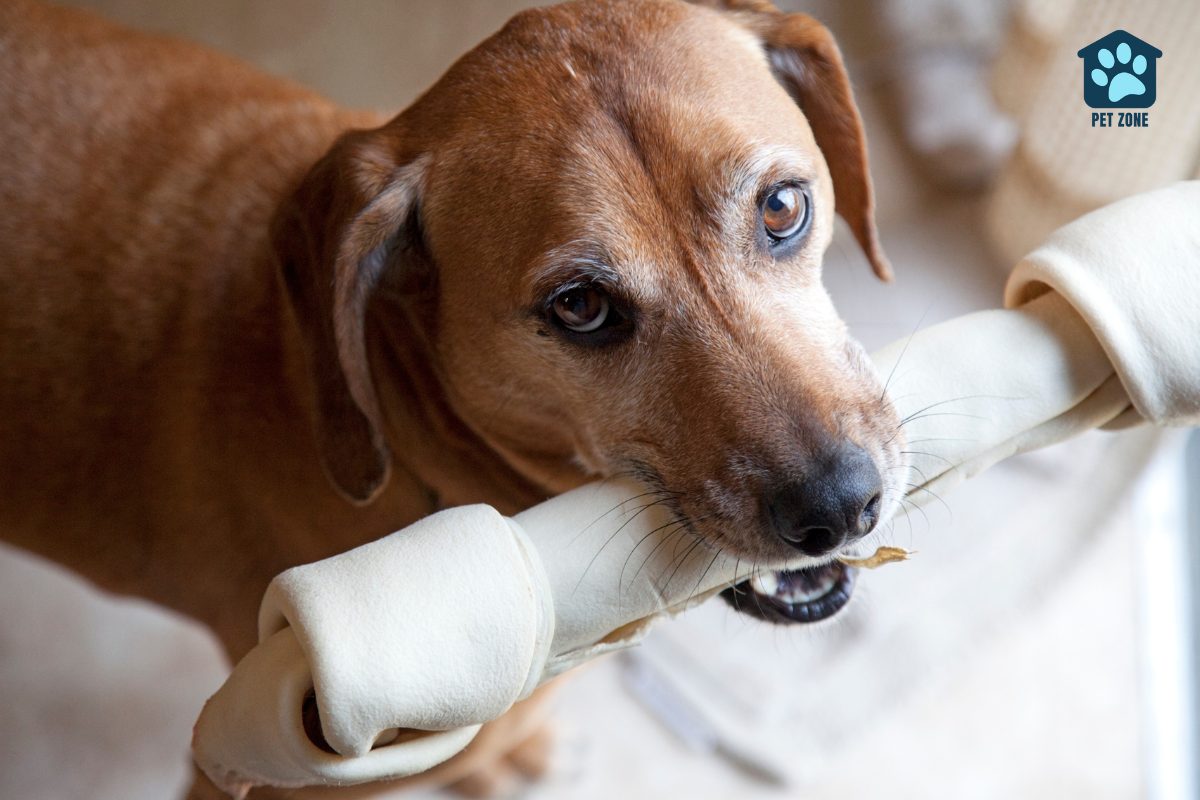
Conclusion
In conclusion, when your dog growls while eating a bone, don’t punish her. Instead, understand it as resource guarding or possession aggression. Take a step back and use positive reinforcement to address the behavior.
Seek professional help if needed for effective dog training and management techniques. Handling the situation with care and patience is crucial in successfully addressing this issue.
Frequently Asked Questions
Your dog may start growling because of “resource guarding.” This is when dogs feel they must protect things they covet, like food or bones. It’s an instinct, but you can work with a trainer to help your dog feel safe and not act aggressively.
If your dog growls, don’t try to take the bone away or punish him—that could make things worse. Instead, back off and give him space. Follow the advice in this guide, or seek help from a professional dog trainer who knows about behavioral issues.
Yes! If you take something away from your pup without warning or exchange it for something else desirable, it can lead to aggressive behavior known as canine possession aggression. Always trade the bone for another treat or toy he likes better.
Work with your furry friend by teaching commands like “leave it” and “drop it.” You want your companion animal to learn that giving up their coveted items means getting something even tastier in return!
Behaviorists recommend gradual steps where you slowly increase closeness while feeding them tasty treats—this way, they’ll associate people being near their food with good stuff happening! Keep all sessions positive so that trust builds between you two.
Keep an eye out; a pet showing resource-guarding behavior might also display aggressive actions toward people or other pets in similar situations—it’s best to manage these moments carefully under controlled circumstances until proper training eliminates the problem.
As an Amazon Associate I earn from qualifying purchases.
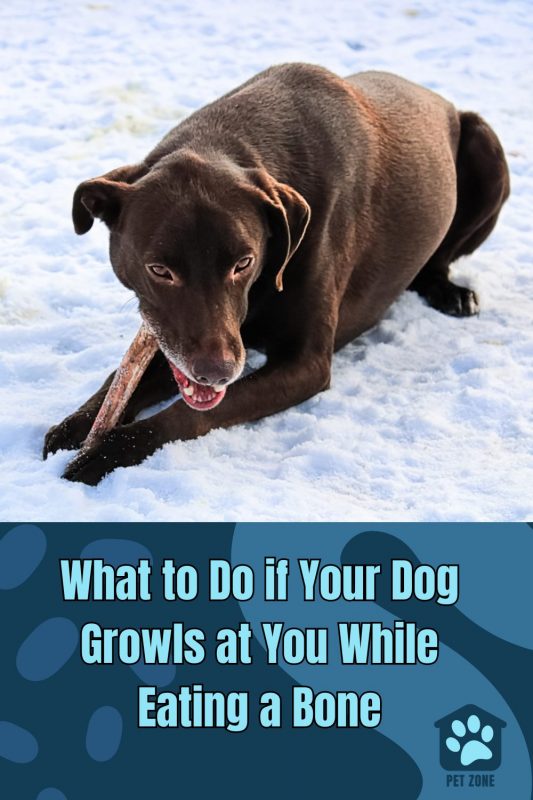



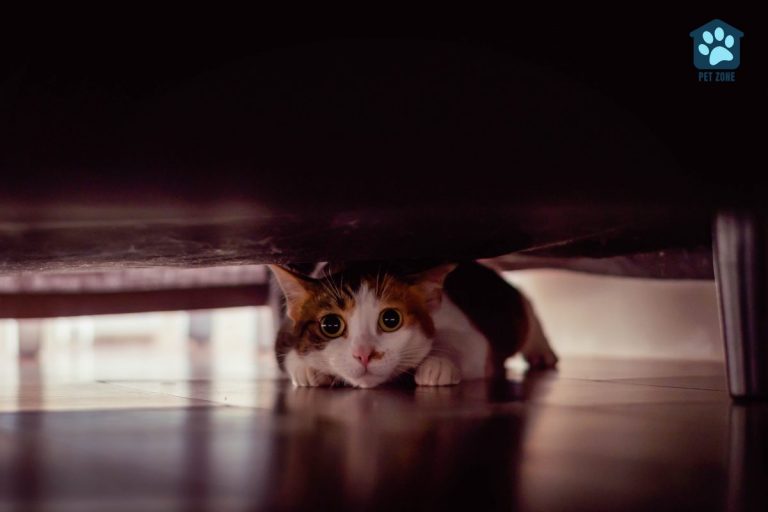

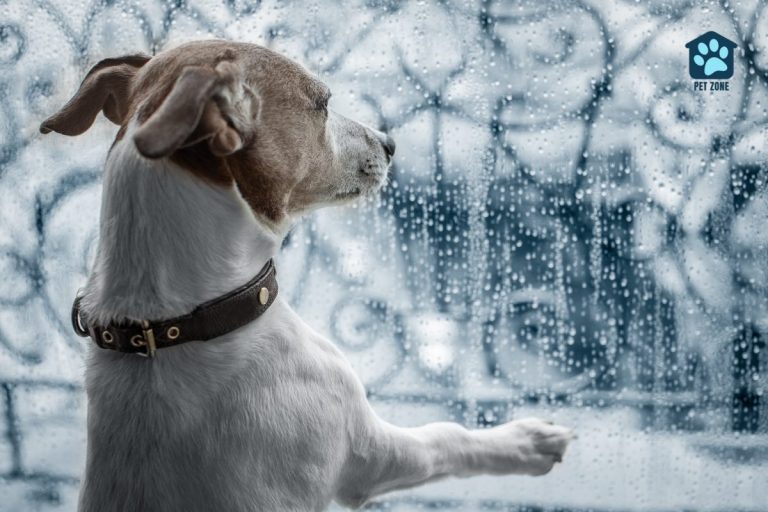
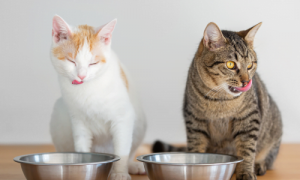
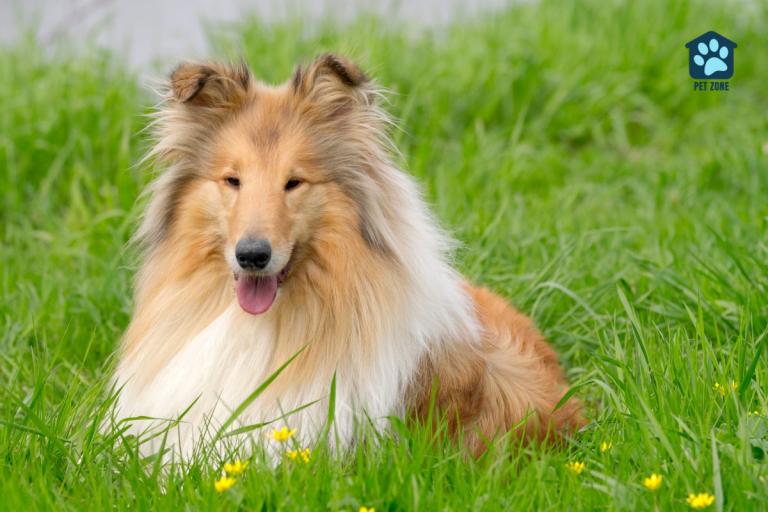
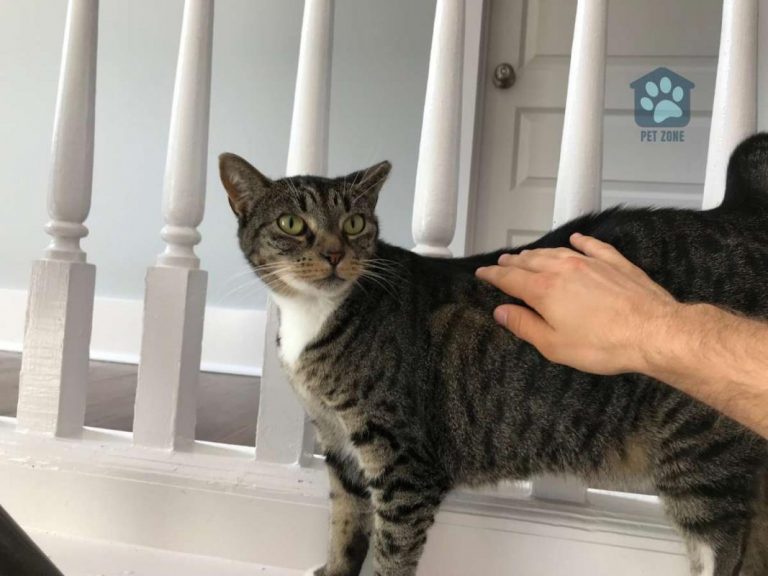
I know possession aggression in dogs. One of my dogs had it, and it felt like he gonna kill me if I tried to take a bone away. It was scary. Unfortunately, I didn’t know what to do.
This was very informative! Thank you for sharing!
Super helpful article! It’s nice to see a multi-step conditioning approach as that makes so much more sense than a quick fix.
This is a great post because with small children around we need to see potential warning signs.